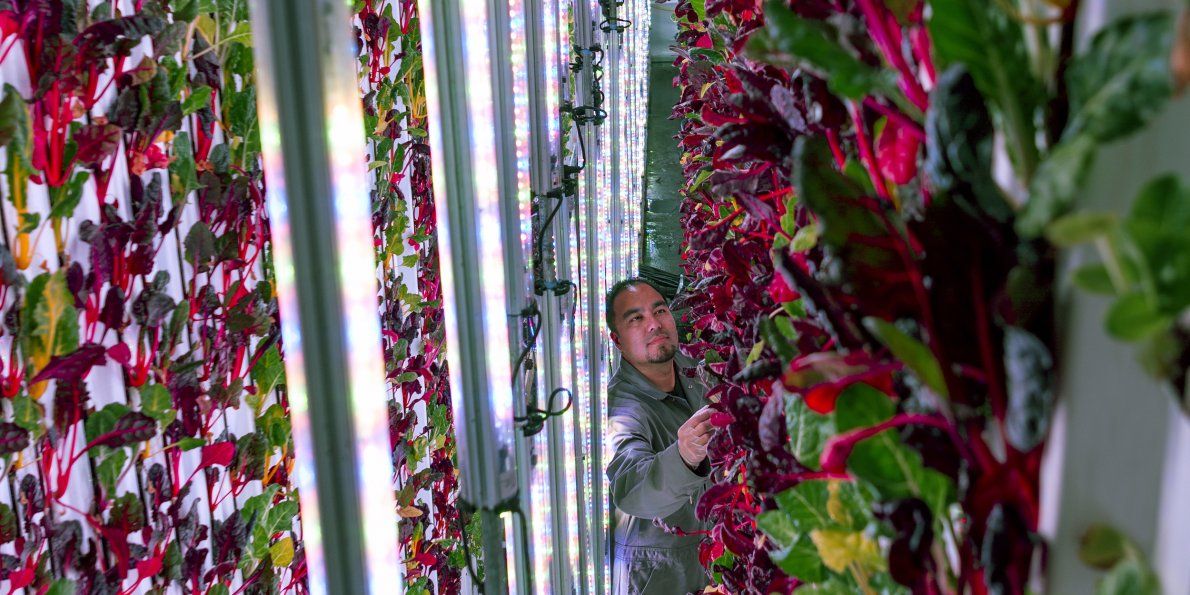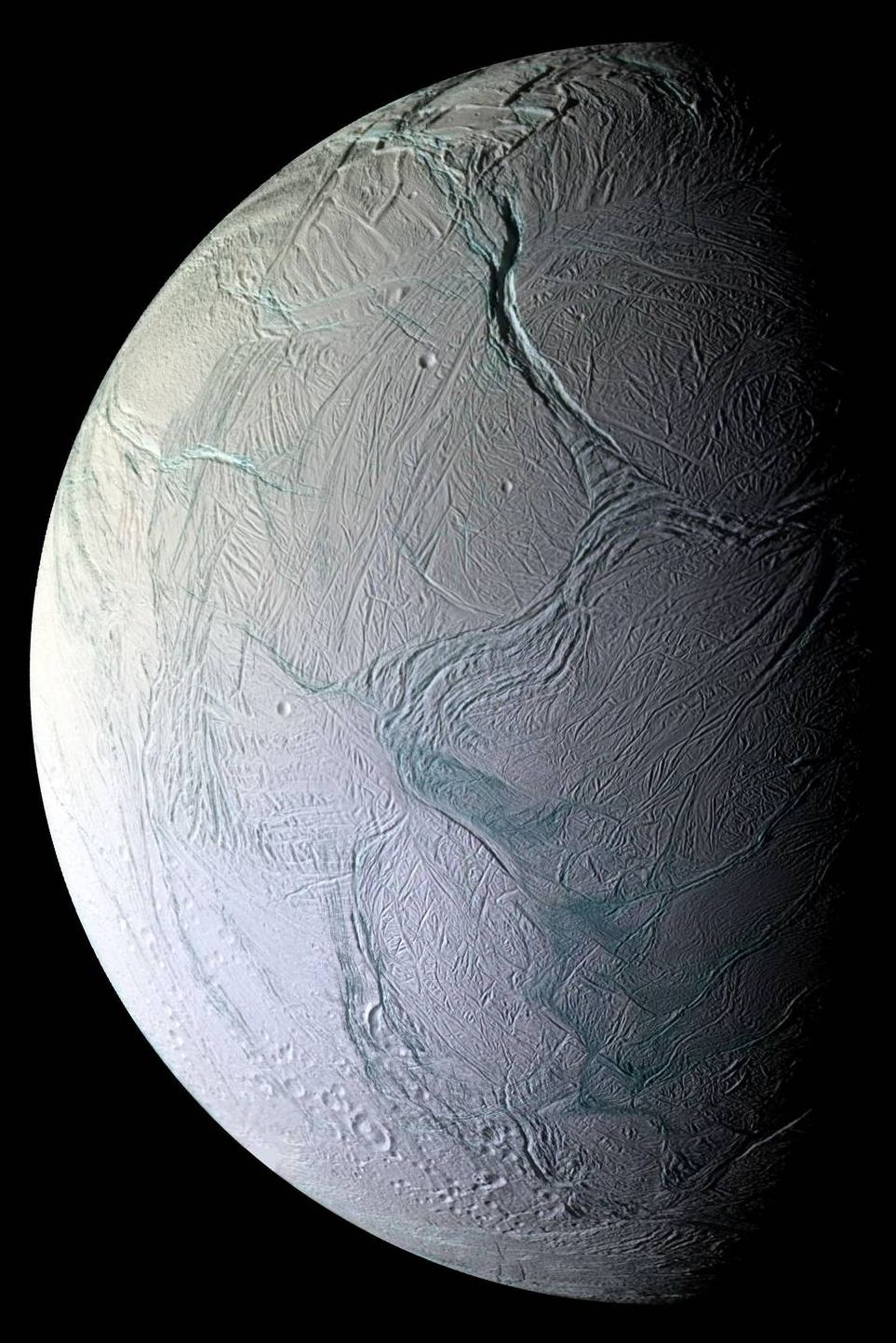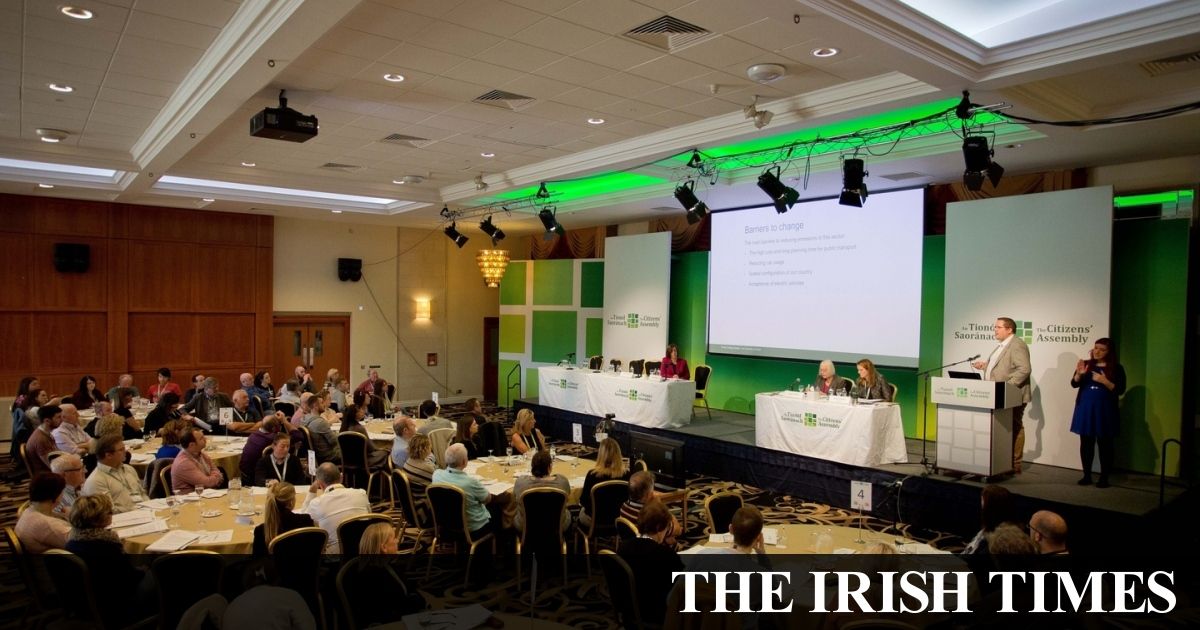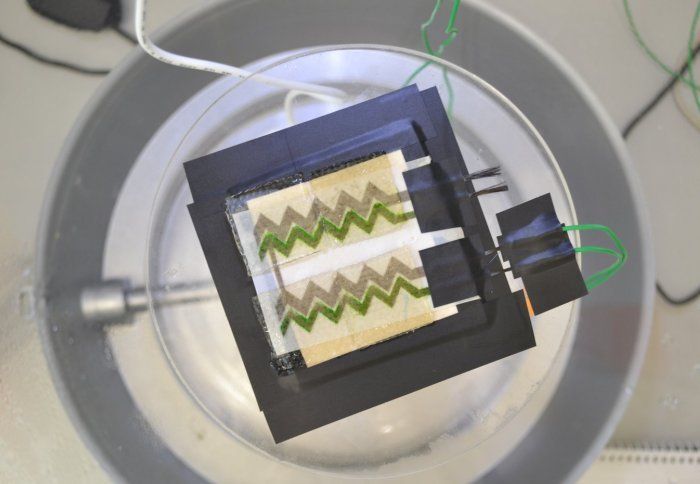In addition, a small number of posters will be selected for oral presentation. Poster topics should lie within the scope of the conference: Research contributing to the eventual postponement of age-related decline in health, with an emphasis on measures that repair damage rather than slowing its creation. Poster submissions are due on January 15, 2018.
To submit your poster go to.
Undoing Aging will include poster sessions on the first two evenings. If you wish to present a poster, please submit the details on this page. A small number of posters will be selected for oral presentation; those selected should also prepare a poster.
What to submit








